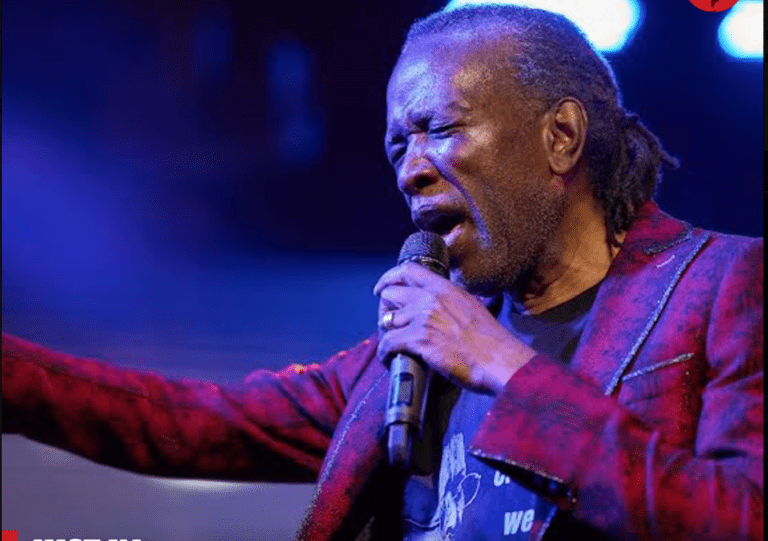“Emancipate Yourself”

Trinidad and Tobago is well known for its African and Indian heritage, reflected in its large and famous carnival, Diwali, and Hosay celebrations. It is also well known as the birthplace of steelpan, the limbo, and music styles such as calypso, soca, rapso, parang, and chutney soca.
However, what may not be known is the commemoration of a worldwide holiday, celebrated across the western world, known to most islanders, as Emancipation Day celebrations. Outside of the African continent, Trinidad and Tobago has by far the largest celebration of African heritage in the western world. This holiday marks the end of slavery in the British Empire. It is a public holiday in Trinidad and Tobago held on 1 August each year. Emancipation has been celebrated in Trinidad and Tobago since 1985 when it became the first country in the world to declare a national holiday to commemorate the abolition of slavery.
The abolition of slavery in the British Empire was passed in 1833 but was not enforced until 1 August 1834. And, even then, only enslaved people aged five and under were immediately and fully freed. The rest were forced to work as “apprentices” to their former masters until 1 August 1838, in order to compensate them for their loss of slave labour due to the Abolition Act. After declaring Emancipation Day, a national holiday many other western nations followed suit.
In Trinidad and Tobago, the actual celebration of Emancipation Day begins on 31 July with night long vigils, church services, parades, patriotic speeches, cultural performances, masquerades and much more. In the weeks preceding the celebration, the committee and other organizations host readings, lectures, concerts, and dinners in preparation for the big day. It iss usual to have special guests from the continent — from politicians to celebrated performers such as Angelique Kidjo, the late Miriam Makeba, and the National Senegalese Ballet. And Emancipation Day is commemorated in several other Caribbean countries, following T&T’s lead.
During the last week in July through to 1 August, citizens, led by the Emancipation Support Committee, pay homage to our ancestors who struggled for our freedom, and to the African pillars of civilization on whose backs they trod, in a manner befitting the level of sacrifice and achievement. The sounds of traditional African drums could be heard loud and proud, the steel pan and calypso music romance the ear and echo through the land at various celebratory functions. Artistes from other parts of the African diaspora add to the enthralling mix as we celebrate the Pan African Festival. The festival is held at the Lidj Yasu Omowale Emancipation Village, Queens Park Savannah, in Port of Spain which is the centre of activities for the emancipation period. In song, dance, visual images and speech, Africa is always represented in this multi-dimensional festival. The wisdom of words and the rhythms of art blend to create a festival that is educational, entertaining, exciting and inspirational.
At the peak of the Emancipation Day Parade on the morning of 1 August, one of the most popular highlights of the period, some 20,000 participants flood the streets of Port of Spain with thousands on the sidewalks, creating a spectacle of colour dominated by African motifs, textiles, and designs. Exponents of the African martial art, capoeira, draw much attention with their dramatic flips and acrobatics. Moko Jumbies and masquerades tower above the parade displaying their spectacular agility on stilts while formal dance troupes entertain with their choreographed routines. Participants include various government ministers, among them the Prime minister of Trinidad and Tobago, foreign diplomats, community organizations, religious organizations, performing groups, visitors from abroad, and thousands of individuals and small groups who join to make their statement of what emancipation means to them. African food, culture, and art are celebrated. Vendors sell everything from African black soap to kente cloth and cowrie shell jewellery. Stages at various parts of the village feature drama, dance, and music, all with African roots.
Undoubtedly, the parade truly reflects the rich social texture of emancipation. All strata of the local population and guests from abroad share a profound experience of ancestral reverence and joyful celebration of the triumph of the human spirit over tyranny.
Subrina Hall-Azih is a Trinidadian educator residing in New York.






